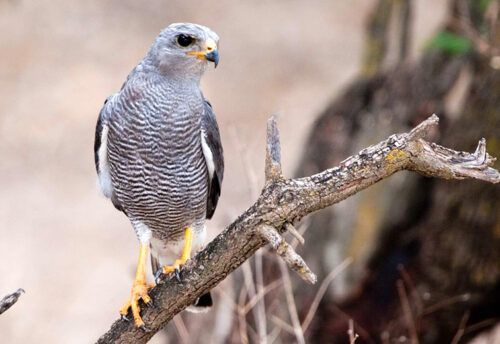
The tiger snake is a highly venomous snake species found in the southern regions of Australia, including coastal islands, such as Tasmania. They inhabit swamps, lagoons, areas near the rivers, and open forests. With a variety of known morphs there are also a variety of colors of these snakes based on their locale. Most Australians are well aware of tiger snakes and are also aware of their fierce reputation, although few people will ever encounter one, unless actively seeking one out. Unfortunately this species is much feared because of its defensive disposition and toxic venom; however the tiger snake should be thought of as a survivor, as they are superbly suited to some of the most inhospitable environments in Australia.
First the Stats…
Scientific name: Notechis scutatus
Weight: Up to 3 lbs.
Length: Up to 4 feet
Lifespan: Up to 15 years
Now on to the Facts!
1.) These elapid snakes are terrestrial but can climb, if needed.
2.) They can also swim well and can dive for up to 9 minutes at a time!
3.) Their prey items include mammals, birds, frogs, fish, and lizards.
4.) Tiger snake predators include larger snakes, birds of prey, and of course humans.
5.) Most of the time they try to avoid human contact but are defensive and should not be handled.
But wait, there’s more on the tiger snake!
6.) Males are even more defensive during mating season. They will fight with each other by swinging their heads at each other while their bodies are intertwined. The winner of the battle gets the girl.
7.) Mating season takes place in spring and they are viviparous (give birth to live young). Females give birth to 20 – 30 young and they are ready to fend for themselves at birth. Yep, they are born venomous.
Did you know…?
Tiger snake venom contains potent neurotoxins, coagulants (causes blood to clot), haemolysins (destroys red blood cells), and myotoxins (causes severe muscle necrosis).
8.) Several known morphs of the tiger snake exist: the common, western, Chappell Island, King Island, Tasmanian, and the Peninsula.
Now a Short Tiger Snake Video!
Also, check out the Critter Science YouTube channel. Videos added frequently!
Want to suggest a critter for me to write about? Let me know here.



